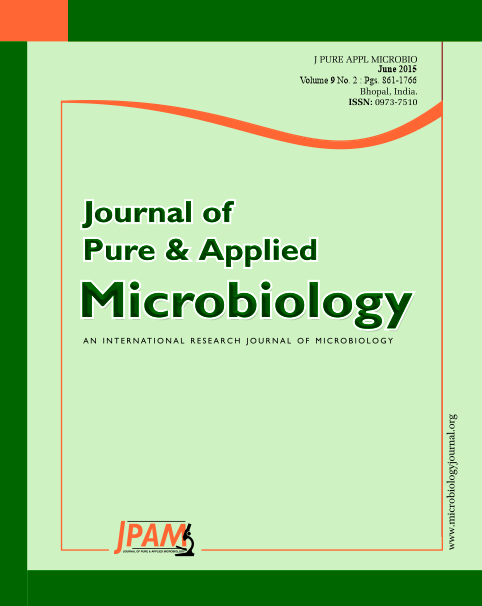Fresh produces (fruits and vegetables) harbor large and diverse type of microbes on their surface. Brassica oleracea L. var. capitata (Cabbage) has a dense green leafy head which is generally used as cooked vegetable but some people consume it as a raw salad. Therefore, there are more chances of pathogenic microbes may come in contact with gastrointestinal system that may directly cause disease. Also, the non-pathogenic microbes may also harm indirectly by acting as a source of allergy when consumed or may act as new lineages of commensal organisms. In the present study different mediums i.e. Tryptic soy agar (TSA), diluted tryptic soy agar (TSAD), R2A medium, Sabouraud dextrose agar (SDA) and MacConkey agar (MAC) were used to isolate diverse type of microbes by serial dilution technique. The highest count was obtained on TSAD medium (157.66 x 104 CFU/ml) followed by MAC (150.33 x 104 CFU/ml) and least was observed on TSA (134 x 104 CFU/ml). The selected 95 isolates were subjected for identification by Matrix Assisted Laser Adsorption/Desorption Time of Flight Mass Spectrometry (MALDI-TOF MS) which showed that these microbes belonged to nine genera i.e. Enterobacter, Acinetobacter, Klebsiella, Pseudomonas, Pantoea, Achromobacter, Staphylococcus, Microbacterium and Acidovorax. The results clearly showed that the most prominent and diverse genera was Acinetobacter followed by Enterobacter and Pantoea, all belonged to gammaproteobacteria. Further selected 26 isolates were subjected to Fatty Acid Methyl Esters (FAME) identification and results showed that almost all the tested bacterial isolates contain same five types of fatty acids which are straight chain fatty acids with single bond. The 26 isolates were further identified on the basis of 16S rRNA gene sequencing, as such no pathogenic microbe was identified but some opportunistic human pathogens were found. The metagenomic DNA isolated from the cabbage surface head was electrophoresis by Denaturation Gradient Gel Electrophoresis (DGGE) which showed seven DNA bands of which three bands were very prominent which showed that communities of these three bands were more abundant as compared to other four bands community.
Brassica oleracea, Metagenomic DNA, Microbial community, Polyphasic characterization
© The Author(s) 2015. Open Access. This article is distributed under the terms of the Creative Commons Attribution 4.0 International License which permits unrestricted use, sharing, distribution, and reproduction in any medium, provided you give appropriate credit to the original author(s) and the source, provide a link to the Creative Commons license, and indicate if changes were made.


